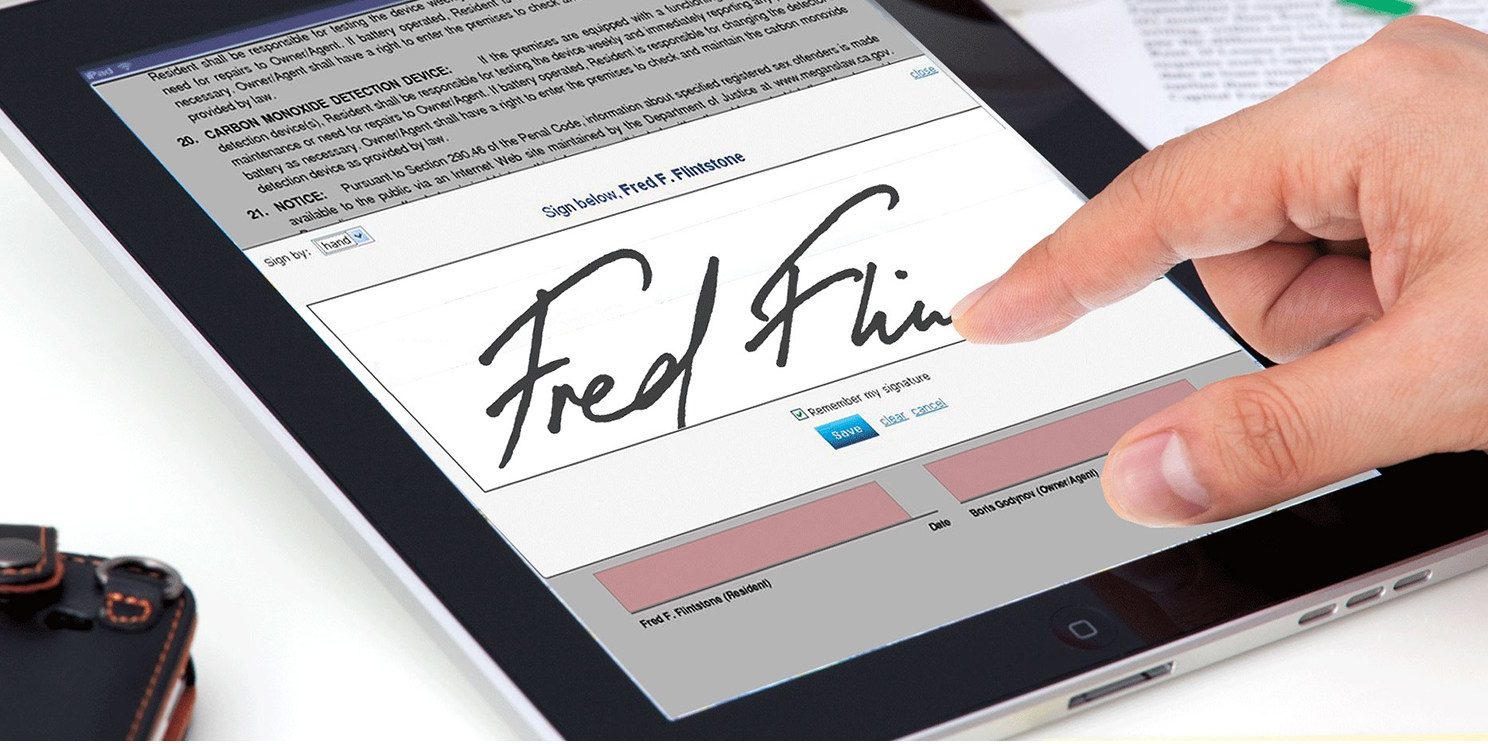The digital signature is electronically created and can be utilised to ensure the veracity and legitimacy of the information. The beginning of information technology reformed the entire world, India is not an exception to it; as mechanical activism is the social conduct in India.
IT Act Provisions Related to Digital Signature
Section 3 of IT Act, made the arrangement for it as Authentication of electronic records: –
(1) Subject to the provisions of this section, any subscriber may validate an electronic record by attaching his digital signature.
In IT Act, part 3 identified with an electronic administration, sections 4 and 5 are very relevant.
Section 4 made the arrangement for Legal acknowledgement of electronic records — where any law gives that information or some other matter might be in writing, typewritten or printed then not-withstanding anything contained in such law, given requirement should be deemed to have been fulfilled if such information or matter is—
(a) rendered or made accessible in an electronic shape; and
(b) open in order to be usable for a consequent reference
Section 5 Legal acknowledgment of [electronic signatures] — where law gives that information or some other matter might be validated by fastening the signature or any document ought to be signed or bear the signature of any individual then, despite anything contained in such law, such requirement should be deemed to have been fulfilled, if such information or matter is confirmed by method for [electronic signatures] appended in such way as might be endorsed by the Central Government.
Digital Signature Vs. Digital Certificate
Digital signatures depend on three-pointers for validation – Privacy, Non-denial and Integrity in the virtual world, while the destinations of the digital certificate are the confirmation of documents, and tie the individual who is putting the digital signature, which in view of open key cryptography requires two separate keys, such as private key and public key. Be that as it may, both the keys are connected together, one key encrypts the plain content, and another decodes the figure content, and neither one of the keys can perform both the capacities. The other contrast is digital signature is an electronic process of marking an electronic document while a Digital Certificate is a PC based record which is the distinguishing proof of confirming organisation or the personality of subscriber
Digital Signature Vs. Electronic Signature
The Information Technology Amendment, 2006, replaced “Digital” with “Electronic” at a few places in the key act, which makes a slight contrast between the two, electronic signature is wide in nature, while the digital signature is one of the numerous sorts of electronic signatures.
Section 2(ta) “electronic signature” implies verification of any electronic record by a subscriber by the method for an electronic strategy indicated in the second calendar and incorporates digital signature and section 2(p) characterised “Digital Signature Certificate” implies a Digital Signature Certificate issued Under sub-section (4) of section 35.
The Indian Evidence Act and Digital Signature
After the IT Act 2000, it was important to make an appropriate alteration in the Indian Evidence act, to make it perfect.
Section 3 in the meaning of “Proof”, for the words “all documents created for the investigation of the Court”, “all document including electronic records delivered for the review of the Court”
Section 47A, says when the court needs to frame a conclusion with regards to the digital signature or any individual, the feeling of the affirming specialist which has issued the Digital Signature Certificate is a relevant fact. It implies while making the inference, the court gives the heaviness of the digital signature as a relevant fact.
Advance 67A proof as to digital signature – with the exception of on account of a protected digital signature, if the digital signature of any subscriber is claimed to have been attached to an electronic record the fact that such digital signature is the digital signature of the subscriber must be demonstrated.
Section 85B displays the positive assumption as Presumption as to electronic records and digital signatures: – (1) In any procedures including a safe electronic record, the Court might assume unless the opposite is demonstrated, that the safe electronic record has not been changed since the particular purpose of time to which the safe status relates.
Indian Penal Code
Section 464 Making a false document: A man is said to make a false document or false electronic record—
In the first place — Who untrustworthily or fraudulently, makes or transmits any electronic record or some portion of any electronic record; appends any [electronic signature] on any electronic record; makes any check indicating the execution of a document or the legitimacy of the [electronic signature], with the expectation of making it be trusted that such a document or a piece of document, electronic record or [electronic signature] was made, signed, fixed, executed, transmitted or joined by or by the specialist of a man by whom or by whose expert he realizes that it was not made, signed, fixed, executed or attached; or
Secondly — Who, without lawful specialist, deceptively or fraudulently, by cancellation or something else, changes a document or an electronic record in any material part thereof, after it has been made, executed or appended with [electronic signature] either independent from anyone else or by some other individual, regardless of whether such individual be living or dead at the season of such adjustment; or
Thirdly — Who untrustworthily or fraudulently brings about any individual to sign, seal, execute or adjust a document or an electronic record or to join his [electronic signature] on any electronic record realising that such individual by reason of unsoundness of mind or intoxication can’t, or that by reason of deception practiced upon him, he doesn’t know the contents of the document or electronic record or the way of the change.








